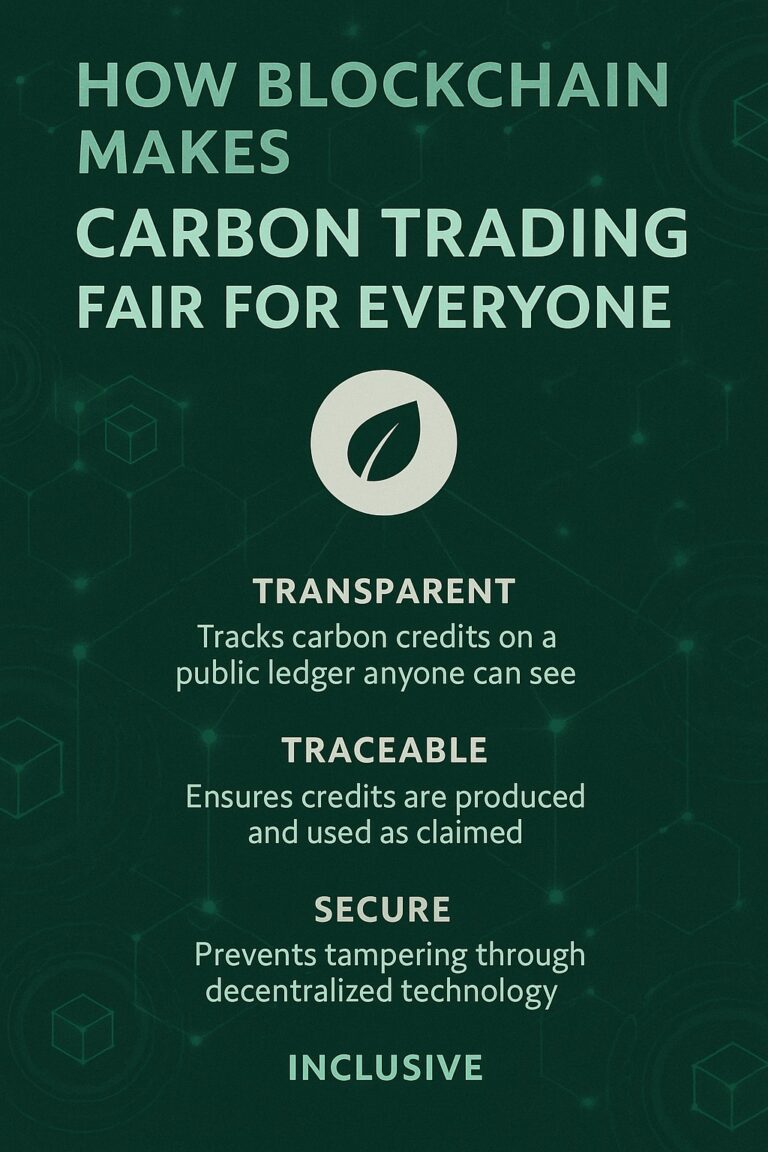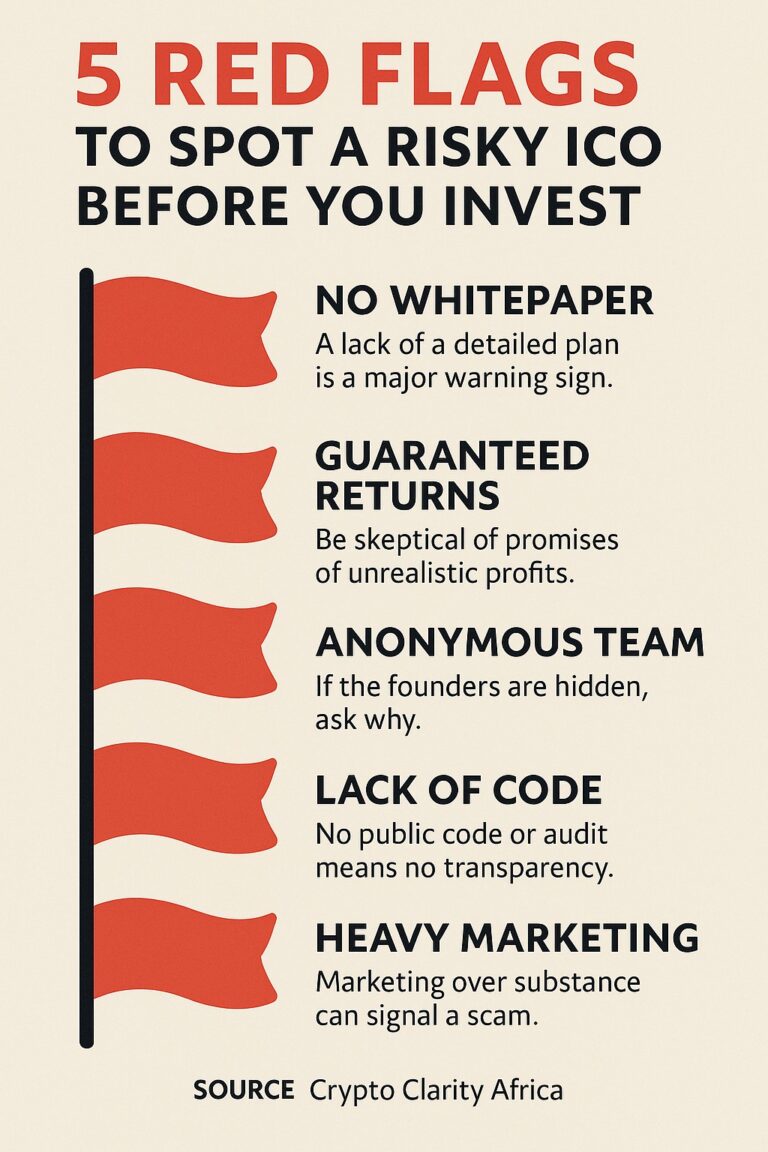In the rapidly evolving world of virtual asset service providers (VASPs), navigating the complex regulatory landscapes of Europe and Africa presents both significant challenges and opportunities. As these providers play an increasingly pivotal role in the global economy, understanding and complying with diverse regulatory frameworks across continents is crucial.
The Challenges
Diverse Regulatory Frameworks
Europe, with its advanced financial markets, operates under comprehensive regulations like the Fifth Anti-Money Laundering Directive (5AMLD) and the forthcoming Sixth Anti-Money Laundering Directive (6AMLD), focusing on transparency, due diligence, and reporting. In contrast, African nations are at varying stages of regulatory development, with some countries establishing basic frameworks and others still in the planning phase.
Compliance Costs
For VASPs, the cost of compliance can be steep, especially for smaller operations. Implementing the necessary systems for customer due diligence, transaction monitoring, and reporting can require significant financial and human resources.
Technological Hurdles
Adapting to each country’s specific regulatory requirements often necessitates bespoke technological solutions. This can be particularly challenging when operating across multiple jurisdictions with differing levels of technological infrastructure and regulatory expectations.
The Opportunities
Market Expansion
Compliance with local regulations opens doors for VASPs to new markets. In Africa, where many countries are experiencing a boom in mobile money and digital finance, there is a substantial opportunity for growth. Europe’s mature markets offer stability and a large customer base.
Building Trust
By adhering to regulatory standards, VASPs can enhance their credibility and trustworthiness among users and authorities alike. This can lead to increased adoption and a stronger market position.
Innovation and Collaboration
The necessity to comply with diverse regulations can spur innovation, leading to the development of new technologies and processes. Moreover, it encourages collaboration between VASPs and regulatory bodies, potentially leading to more harmonized regulatory frameworks in the future.
Navigating the Landscape
To successfully navigate these regulatory landscapes, VASPs should:
- Invest in Compliance: Building robust compliance programs that can adapt to various jurisdictions is essential.
- Stay Informed: Regulations are constantly evolving. Staying ahead means keeping abreast of changes and understanding their implications.
- Engage with Regulators: Proactively engaging with regulatory bodies can provide insights into upcoming changes and foster a positive relationship.
- Leverage Technology: Utilizing technology to streamline compliance processes can reduce costs and improve efficiency.
Conclusion
For VASPs, the challenges of complying with diverse regulatory frameworks in Europe and Africa are significant but not insurmountable. By viewing these challenges as opportunities for growth and innovation, VASPs can not only navigate these complex landscapes but thrive within them, paving the way for a more interconnected and regulated digital economy.






